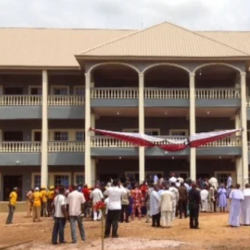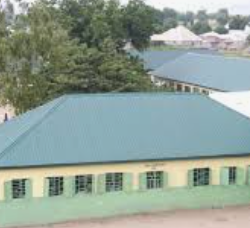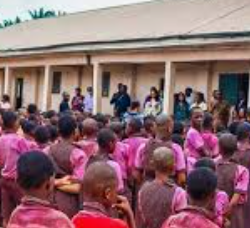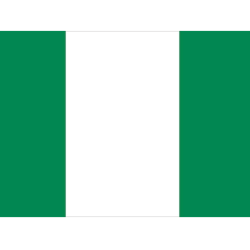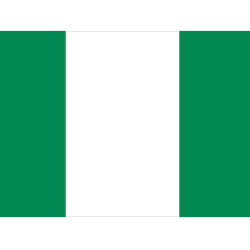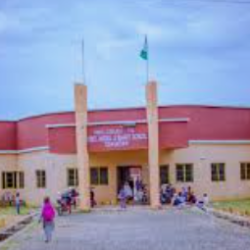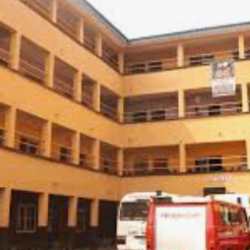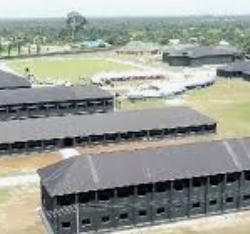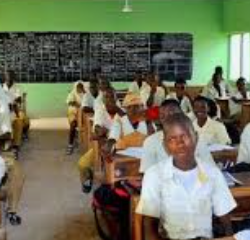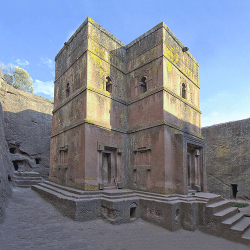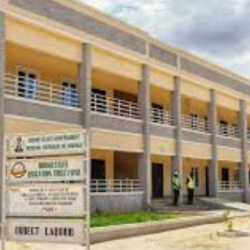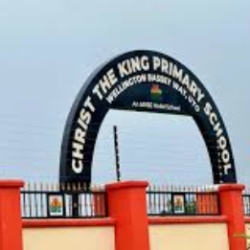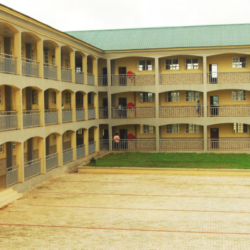Angola is one of Africa’s most diverse nations, both ethnically and linguistically. Its population is composed of several major ethnic groups, each with unique traditions, languages, and cultural practices that shape the country’s identity.
Major Ethnic Groups in Angola (by percentage)
| Ethnic Group | Population % | Cultural Notes |
|---|---|---|
| Ovimbundu | 37% | Largest ethnic group, primarily farmers and traders, based in central Angola. |
| Ambundu | 25% | Second-largest group, concentrated around Luanda and Cuanza provinces; historically influential in politics. |
| Bakongo | 13% | Located in northern Angola and Cabinda; linked to the ancient Kongo Kingdom. |
| Other African Ethnic Groups | 21% | Includes Chokwe, Lunda, Ganguela, Nyaneka-Nkhumbi, and others. |
| Mestiço (Mixed European & African) | 2% | Often urban-based, historically tied to Portuguese colonial culture. |
| Chinese | 1% | Recent immigrant community, mainly involved in construction and trade. |
| European (mainly Portuguese) | 1% | Small but influential, concentrated in cities. |
1. Ovimbundu (37%)
- Region: Central Angola, particularly in the Huambo and Bié provinces.
- Language: Umbundu, one of the most widely spoken Bantu languages.
- Culture: Known for farming, trade, and music. Umbundu storytelling and oral traditions are strong.
- Influence: The largest group, shaping Angola’s cultural identity.
2. Ambundu (25%)
- Region: Northwestern Angola, especially around Luanda, Cuanza Norte, and Malanje.
- Language: Kimbundu.
- Culture: Historically central to the Ndongo and Matamba kingdoms. Rich in music and dance traditions.
- Influence: Politically powerful; Angola’s ruling elite has often come from Ambundu heritage.
3. Bakongo (13%)
- Region: Northern Angola, Zaire province, and Cabinda exclave.
- Language: Kikongo.
- Culture: Strongly tied to the historical Kongo Kingdom, which influenced religion and politics in Central Africa.
- Influence: Known for craftsmanship, agriculture, and cross-border trade with the DRC and Congo-Brazzaville.
4. Other African Ethnic Groups (21%)
- Chokwe: Skilled hunters and artists, mainly in Lunda provinces.
- Lunda: Known for royal traditions and craftsmanship.
- Nyaneka-Nkhumbi: Found in Huíla province, famous for cattle herding.
- Ganguela: Small groups spread across southeastern Angola.
- Herero & Himba (in Cunene): Semi-nomadic pastoralists with unique dress traditions.
5. Mestiço (2%)
- Background: Mixed European (mainly Portuguese) and African heritage.
- Culture: Strong ties to Portuguese language, Catholicism, and urban life.
- Influence: Historically held middle-class roles in colonial society and continue to play roles in business and administration.
6. Chinese (1%)
- Background: Recent immigration wave linked to Angola’s post-war reconstruction (2000s onward).
- Culture: Concentrated in Luanda and major cities, bringing Chinese cuisine and traditions.
- Influence: Prominent in construction, trade, and investment sectors.
7. European (1%)
- Background: Predominantly Portuguese, with small communities of other Europeans.
- Culture: Strong cultural influence, especially in language, religion, and cuisine.
- Influence: Despite small numbers, Europeans remain influential in Angola’s economy, trade, and international relations.
Angola’s population reflects a rich tapestry of African traditions, colonial influences, and modern migrations. While the Ovimbundu, Ambundu, and Bakongo dominate demographically and culturally, the presence of smaller groups like the Chokwe, Himba, and Lunda, along with Mestiço, Chinese, and European communities, creates a uniquely diverse society.
This blend of traditions and identities makes Angola not just a political entity, but a cultural mosaic where ancient kingdoms meet modern globalization.
The Ovimbundu People of Angola (37%)
The Ovimbundu are the largest ethnic group in Angola, making up about 37% of the population. They have played a major role in shaping the country’s identity, culture, and politics. Their homeland stretches across the central highlands, one of the most fertile and agriculturally productive regions of Angola.
Geographic Region
- Concentrated mainly in Huambo, Bié, and Benguela provinces, with communities also in Cuanza Sul and Huíla.
- The Central Highlands where they live are cooler, fertile, and well-suited for farming. This has historically made the Ovimbundu strong agriculturalists and traders.
- Their position in the interior allowed them to become intermediaries in trade between coastal Portuguese settlements and inland African communities.
Language
- The Ovimbundu speak Umbundu, a Bantu language.
- Umbundu is the most widely spoken African language in Angola, alongside Portuguese.
- Many Ovimbundu are bilingual, using Portuguese for education, business, and government, while Umbundu remains central to cultural identity and family traditions.
Agriculture and Farming
- The Ovimbundu are historically farmers, growing maize, beans, millet, sweet potatoes, and cassava.
- Livestock farming is also practiced, though less than among southern pastoral groups like the Himba.
- Farming is not just economic but cultural — many Ovimbundu traditions and festivals are tied to planting and harvest cycles.
Storytelling and Oral Traditions
- Umbundu oral culture is rich in folktales, proverbs, and epic stories passed down across generations.
- Storytelling often takes place around family gatherings, reinforcing moral values and community memory.
Music and Dance
- Music is central to Ovimbundu life. They are known for drumming, choral singing, and dance.
- Traditional instruments include drums, marimbas (xylophones), and mbiras (thumb pianos).
- Modern Angolan music, especially semba (a forerunner of Brazilian samba), has Ovimbundu influences.
Social Structure
- Traditionally organized into extended families and clans, with elders playing a central role in decision-making.
- Chiefs (sobas) historically oversaw villages, mediating disputes and leading ceremonies.

Historical Role and Influence
- Trade: Before colonial rule, the Ovimbundu acted as long-distance traders, linking the Angolan coast to the interior. They carried goods such as salt, beeswax, and ivory.
- Colonial Period: Under Portuguese rule, many Ovimbundu became laborers on plantations, but they also adapted by producing cash crops.
- Religion: Christianity, especially Protestantism and Catholicism, is widespread among Ovimbundu. Mission schools were particularly influential in spreading literacy.
- Politics: During the independence struggle, many Ovimbundu supported UNITA (National Union for the Total Independence of Angola), led by Jonas Savimbi, himself an Ovimbundu. This political alignment had long-lasting effects during Angola’s civil war (1975–2002).
Modern Influence
- Today, the Ovimbundu continue to shape Angola’s cultural identity through their language, traditions, and demographic majority.
- Many Ovimbundu have migrated to cities like Luanda, Benguela, and Lubango, where they contribute to business, education, and politics.
- Despite war-related displacement during the late 20th century, the Ovimbundu have maintained a strong sense of cultural pride and community solidarity.
The Ovimbundu are not only Angola’s largest ethnic group but also one of its most culturally influential. Their deep connection to the land, strong storytelling traditions, and historical role in trade and politics make them central to understanding Angola’s past and present.
